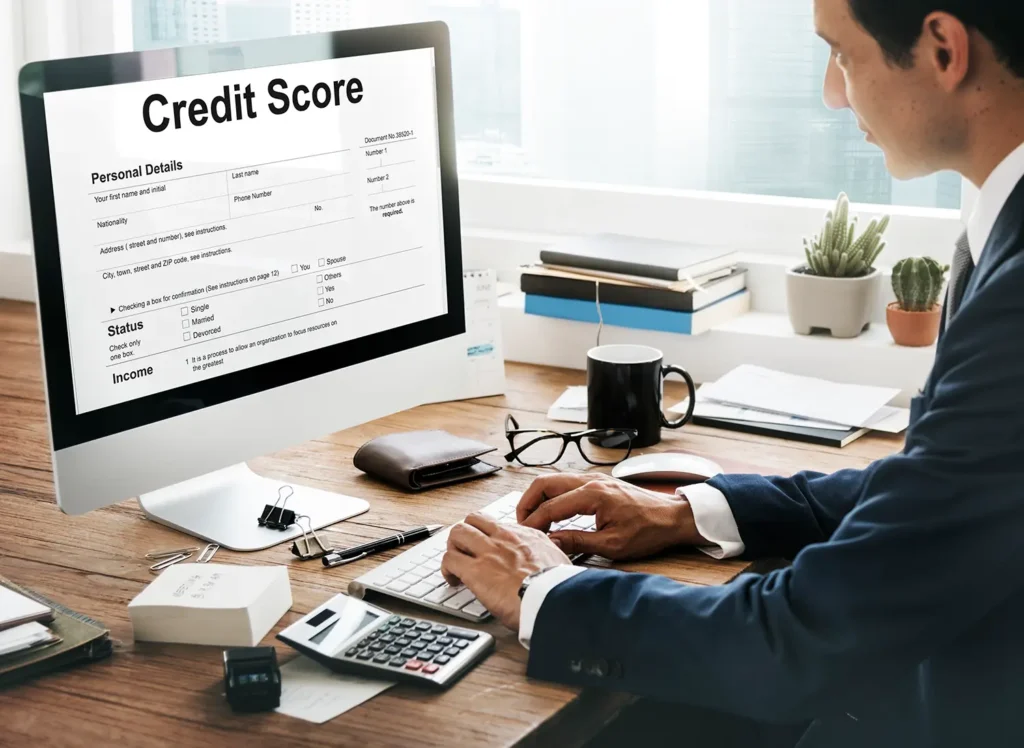Introduction
It’s a stressful cycle: you receive your paycheck, pay your bills, cover your essentials, and find yourself broke again—waiting for the next payday. This is the harsh reality for millions of people worldwide. If you’ve ever wondered why most people live paycheck to paycheck, you’re not alone.
This article explores the reasons behind this financial struggle, the behaviors that contribute to it, and actionable steps to break free from the cycle.
For many individuals today, managing monthly finances feels like an endless struggle. Even with steady work, they often find it hard to meet everyday expenses and have little left for savings or emergencies. This ongoing financial pressure leads to stress, reduces future opportunities, and makes long-term goals harder to reach. The problem often stems not only from limited income but also from poor budgeting, lack of financial planning, and impulsive spending. Gaining awareness of these habits is the first step toward achieving real financial freedom and stability.
Understanding the Paycheck-to-Paycheck Cycle
Living paycheck to paycheck means spending all or nearly all of your monthly income on expenses, with little or nothing left for savings or emergencies. A single unexpected expense—like a medical bill or car repair—can throw your entire budget off track.
According to surveys, over 60% of Americans live paycheck to paycheck, including many earning middle or even high incomes.
Reasons Why Most People Live Paycheck to Paycheck
1.Lack of Financial Literacy
Many people were never taught how to budget, save, or invest. Without basic money management skills, it’s easy to fall into poor spending habits.
2.Lifestyle Inflation
As income increases, so does spending. Instead of saving more, people upgrade their lifestyle—buying new cars, bigger homes, and expensive gadgets—often on credit.
3.High Cost of Living
In many cities, housing, food, transportation, and healthcare costs have outpaced wage growth. Even full-time workers can find it difficult to cover basic living expenses.
4.Debt Burden
Credit card debt, student loans, personal loans, and car payments eat up a big chunk of income. High interest rates make it harder to pay off debt quickly.
5.No Emergency Fund
Without a financial cushion, emergencies lead to borrowing or using credit cards, which starts a vicious debt cycle.
6.Impulse Spending
Many people spend emotionally—shopping online when bored, buying things they don’t need, or trying to keep up with others on social media.
7.Lack of Budgeting
Without a plan, money gets spent aimlessly. People who don’t track their income and expenses often overspend unknowingly.
8.Living on One Income Stream
Relying solely on a job with no side income or investments means limited financial flexibility, especially during tough times.

Psychological Factors at Play
Understanding why most people live paycheck to paycheck also requires looking at mindset and behavior:
Instant Gratification: People value short-term pleasure over long-term rewards.
Fear of Missing Out (FOMO): Social media promotes a culture of spending to “fit in” or look successful.
Financial Denial: Many avoid facing their money problems, which leads to deeper issues over time.
Psychological factors play a major role in why people continue to live paycheck to paycheck. Many individuals make financial decisions driven by emotions rather than logic — such as the desire for instant gratification, fear of missing out, or the need to maintain a certain social image. These emotional triggers often lead to overspending and poor saving habits. Additionally, stress, anxiety, and low financial confidence can cause people to avoid budgeting or thinking about money altogether. Understanding these psychological patterns is essential because managing money effectively starts with managing one’s mindset and emotional relationship with money.
The Hidden Costs of Living Paycheck to Paycheck
Stress and Anxiety – Constant money worries affect mental health and relationships.
No Savings or Retirement Fund – Without savings, the future remains insecure.
Vulnerability to Emergencies – A single emergency can lead to financial disaster.
Missed Opportunities – People can’t invest or take advantage of financial growth options.
How to Break the Cycle
1.Track Every Dollar
Know where your money is going. Use budgeting apps like Mint, YNAB, or even a simple spreadsheet.
2.Create a Realistic Budget
List all income and expenses. Allocate money for essentials first, then savings, and cut non-essential spending.
3.Build an Emergency Fund
Start with a $500 goal, then build to 3–6 months of living expenses. Use a high-yield savings account.
4.Cut Unnecessary Expenses
Cancel unused subscriptions, cook at home more, limit takeout, and shop with a list.
5.Tackle Debt
Use the snowball or avalanche method to reduce debt. Pay more than the minimum and avoid new debts.
6.Increase Income
Consider freelance work, a part-time job, or monetizing hobbies. A second income stream can speed up savings and debt payoff.
7.Automate Savings
Set up automatic transfers to savings or retirement accounts. Pay yourself first.
8.Educate Yourself
Read books, take courses, or follow financial educators. The more you know, the better decisions you’ll make.
Common Myths About Paycheck-to-Paycheck Living
Only low-income people live paycheck to paycheck.
Not true. Even people with six-figure salaries can struggle if their expenses are too high.
Making more money will solve everything.
Earning more helps, but without financial discipline, higher income often leads to higher spending.
It’s impossible to save with my income.
Small, consistent savings—even $5/week—can grow over time. The key is to start somewhere.
Real-Life Example
Sophie, a teacher earning $3,200/month, used to spend almost everything—between rent, student loans, and food. After realizing she wasn’t saving anything, she:
Created a budget using an app.
Cut her takeout and subscriptions.
Set up automatic $50/month savings.
After one year, she saved $1,200 and paid off one credit card completely.
It’s not about how much you earn, but how you manage it.

Conclusion
Understanding why most people live paycheck to paycheck is the first step toward financial freedom. It’s not always about low income—it’s about habits, priorities, and mindset. With small, intentional changes, anyone can escape this cycle. Start by creating a plan, staying consistent, and seeking knowledge. Your future self will thank you.
Remember, living paycheck to paycheck is common—but it doesn’t have to be permanent. Take control of your money, one step at a time.
Read More about personal finance.



